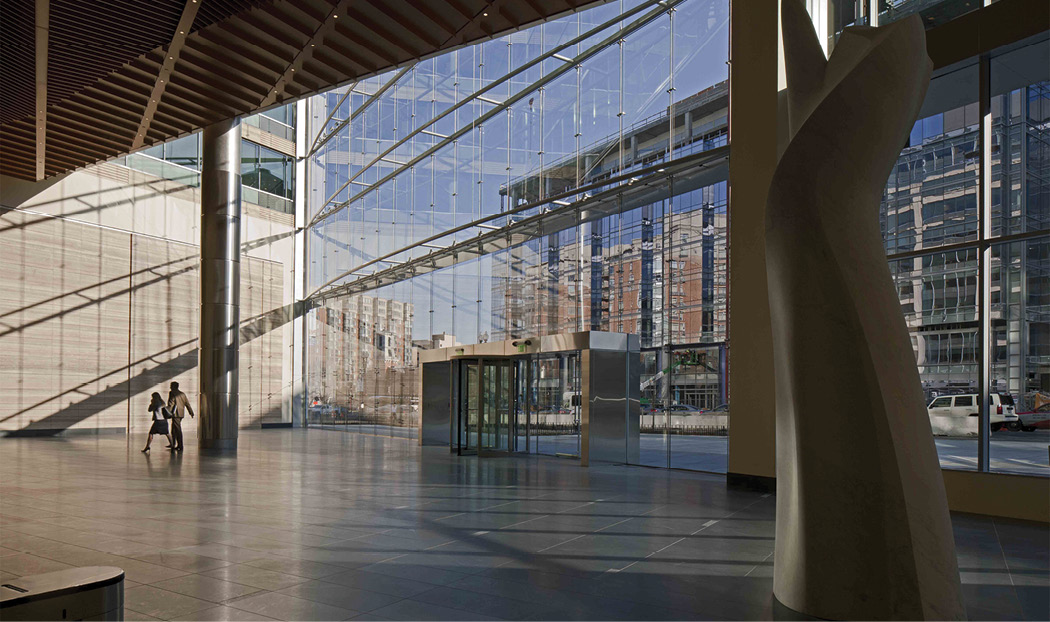Great Glazing | 601 Massachusetts Ave.
A 10-story glass façade fronts the atrium at the landmark project

 601 Massachusetts Ave.
601 Massachusetts Ave.
Location: Washington, D.C.
Glass Supplier: NSG Group
Architect: Duda Paine Architects
The basics
The multimillion-dollar 601 Massachusetts Ave. development in downtown Washington, D.C., features 44,400 square meters of high-quality office space. The scheme has received Leadership in Energy and Environmental Design Gold certification, demonstrating environmental responsibility across the design, construction, operation and maintenance of the building.
The atrium
The atrium of a commercial building is one of its key selling points. It is often its first impression with prospective investors, tenants and other visitors, so it needs to impress.
It was with this in mind that developer Boston Properties and architect Duda Paine Architects specified the 10-story, almost 35-meter-tall glass façade that fronts the atrium at the landmark 601 Massachusetts Ave. project.
The objective was to create a wall of glass that delivered maximum transparency, with minimum vertical elements, so that the whole atrium felt as much like an outdoor space as possible.
The glass and systems
The design goals were achieved using the Pilkington Planar point-supported glazing system by W&W Glass to secure panes of up to 1.5 meters by almost 3.5 meters of 12-millimeter Pilkington Optiwhite™ true low-iron glass to a series of 26-meter-wide one-piece horizontal trusses spanning the atrium.
Additional vertical support was provided by low-profile stainless steel tension rods. A total of 970 square meters of glass was used, weighing around 29 tons.
The low-iron content of the glass means it has exceptional clarity, without the pale green tint present in standard float glass. The clean lines were further enhanced by ensuring the glass was manufactured within extremely tight tolerances in terms of roller-wave distortion—the maximum ‘peak to trough’ variation allowed was just 0.02 mm, creating an almost perfectly flat surface delivering undistorted reflections of the building’s surroundings.
The 905-series stainless steel bolts that connect the glass with the structure sit perfectly flush with the glass, maintaining the uninterrupted surface.



